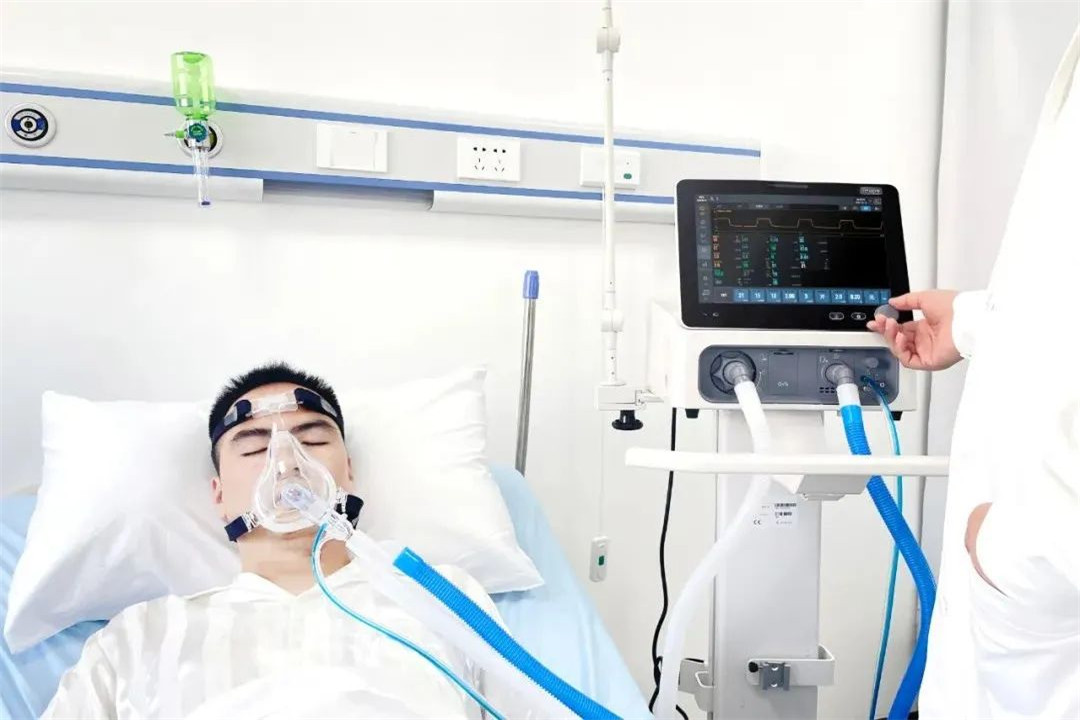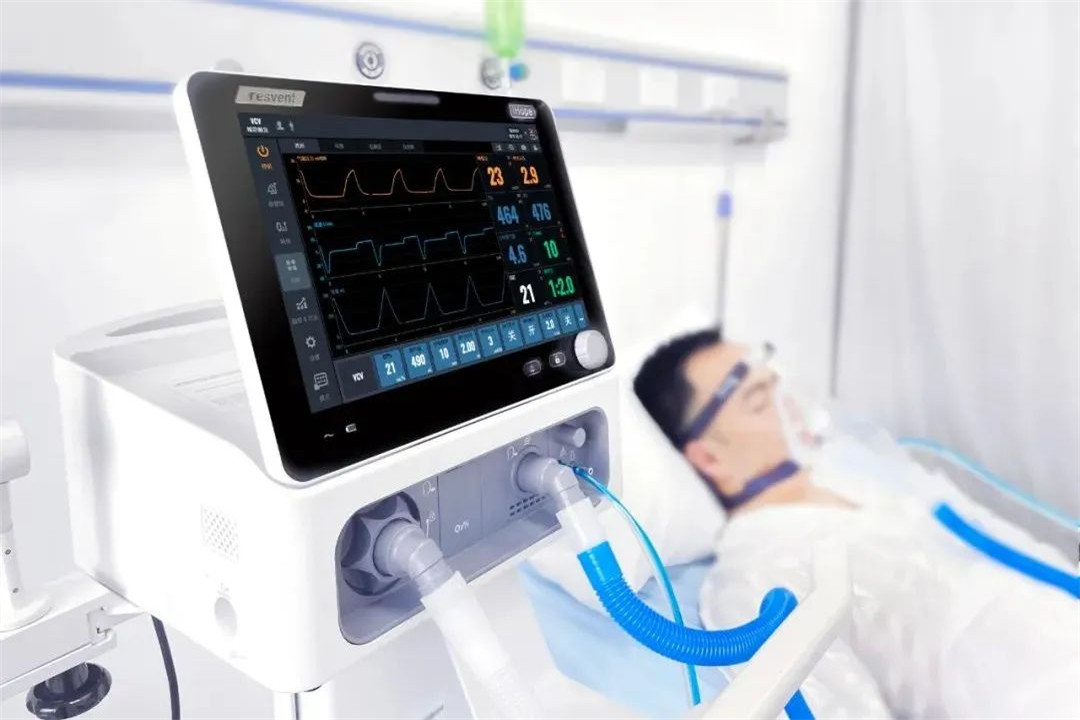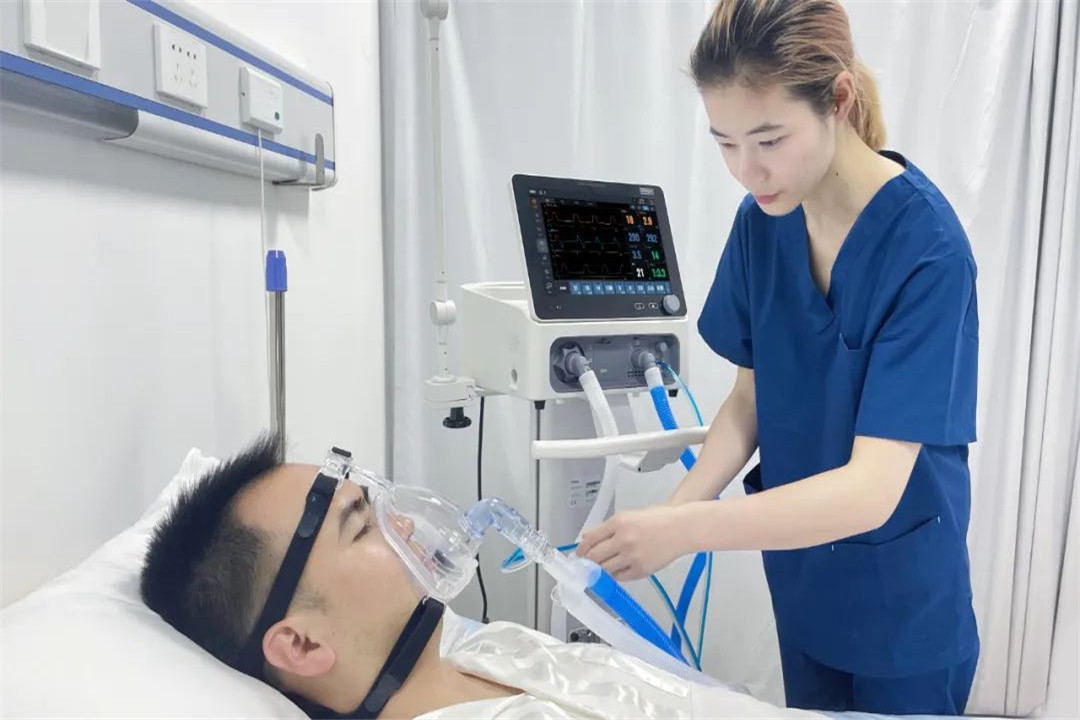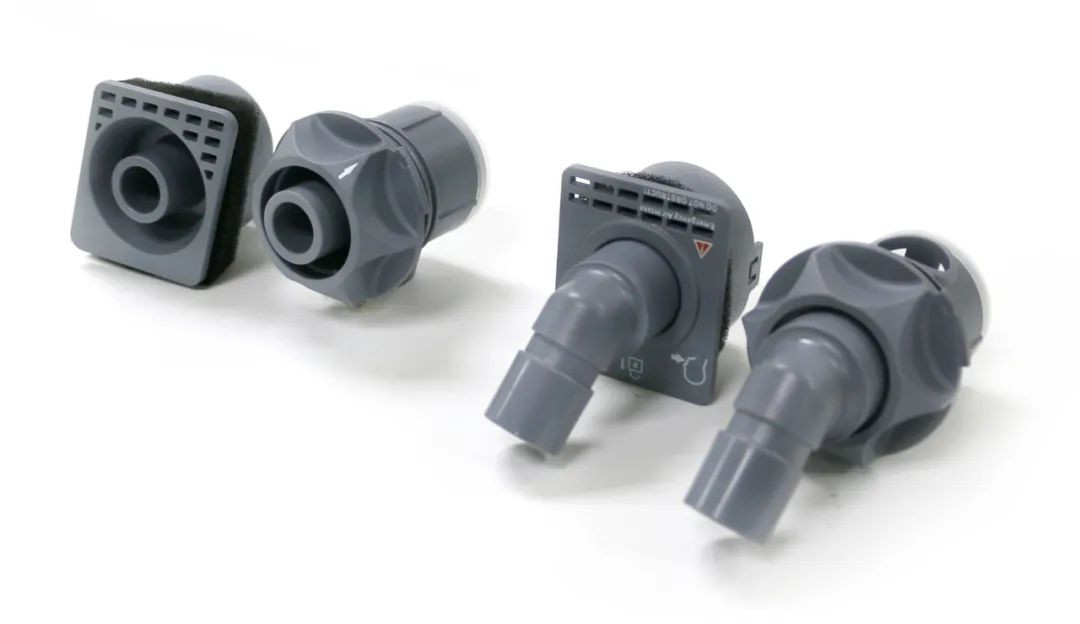Q&A
Q: Should I open the multi-functional hole on the mask to promote CO2 expulsion?
A: Opening the multifunctional holes on the mask to promote CO2 expulsion does not actually promote CO2 expulsion in patients. However, when the patient has severe CO2 retention, which remains high after standardized adjustment of non-invasive ventilator mode, parameters, and mask selection, and the mask fits tightly to the patient's face with minimal air leakage, the small hole can be opened to increase the amount of unintentional air leakage. This part of the air leakage can reduce the dead space in the mask, reduce the repetitive breathing of carbon dioxide and promote the discharge of carbon dioxide, but care should be taken to monitor the air leakage volume not to be too large, otherwise it will lead to excessive airflow compensation, increased patient discomfort, ventilator baseline drift, leading to a decrease in airway pressure, interference with airway basal air flow, prolonged synchronization time, trigger delay or asynchronous trigger, or even invalid trigger, especially for The pressure trigger has the greatest impact, and will also reduce ventilation efficiency or even make it ineffective.

Q: During the use of VCV mode, there is a simultaneous drop in pressure when the flow rate rises, but the waveform returns to normal after switching to the simulated lung.
A: For critically ill patients receiving mechanical ventilation, airbag leakage is often very dangerous. If the airbag leak is detected in time, immediate treatment will not result in serious consequences. If the leak is not detected in time or the volume of air leakage is large, it may cause insufficient ventilation in critically ill patients, resulting in carbon dioxide retention and hypoxemia, which may lead to serious consequences and may be life-threatening in critically ill patients.

Q:The patient is well sedated and the parameters are set reasonably, why is the airway pressure high limit alarm?
A: If you can exclude man-machine confrontation, and parameter problems. Then the main issues need to refer to the following.
1. Ventilator circuit or airway causes
The ventilator circuit is commonly blocked by a fractured circuit; the circuit is blocked by water in the breathing circuit. The airway is blocked by secretions; the position of the tracheal tube is changed and the opening is close to the tracheal wall; coughing, etc.

Treatment countermeasures.
(1) Check to exclude the ventilation circuit from being pressurized, distorted, and water accumulation in the tube, keep the position of the threaded tube slightly lower than the position of the tracheal tube interface to prevent condensate reflux, and dump condensate in a timely manner.
(2) Clear respiratory secretions. Patients who do ventilation treatment via artificial airway will lose their role due to epiglottis, obstructed mucosal cilia activity, weakened cough reflex, mostly difficult to excrete sputum, prone to airway secretion retention, etc., resulting in poor airway ventilation or aggravation of infection. If the patient's secretion is sticky, put 5~10ml of saline drops into the airway to dilute the secretion. To prevent the accumulation of small airway secretion, perform mechanical breathing for a moment after the saline drops, so that the diluted liquid can enter the small airway to dilute the sputum and activate the ciliary activity and then perform suction. Check the function of the humidifier, keep the humidification temperature 32~36℃, humidity 100%, and generally the humidification solution should be not less than 250ml for 24h to prevent the secretion from drying.
(3) According to the length of the exposed part of the tracheal tube, adjust the position of the tracheal tube and fix the tracheal tube or tracheotomy cannula. If the tracheal tube is thin, give appropriate tidal volume, reduce the inspiratory flow rate and prolong the inspiratory time to keep the airway pressure below 30cmH2O, and replace the thicker tube if necessary according to the specific situation.
(4) When assisting the patient to turn over, a person should operate in pairs. One person should remove the threaded tube from the ventilator holder, hold the threaded tube with one forearm and hold the patient's shoulder with the other hand, and gently pull the patient's buttocks towards the nurse's side. The other person holds the patient's back and buttocks to assist with the force and pads the patient with soft pillows. Rearrange the tube after turning and secure it to the holder. Prevent the ventilator tube from pulling the trachea and irritating the patient's cough.
2. Ventilator's own causes
Mainly the respirator inspiratory valve or expiratory valve malfunction, and the pressure sensor is damaged.

Post time: Sep-13-2022
